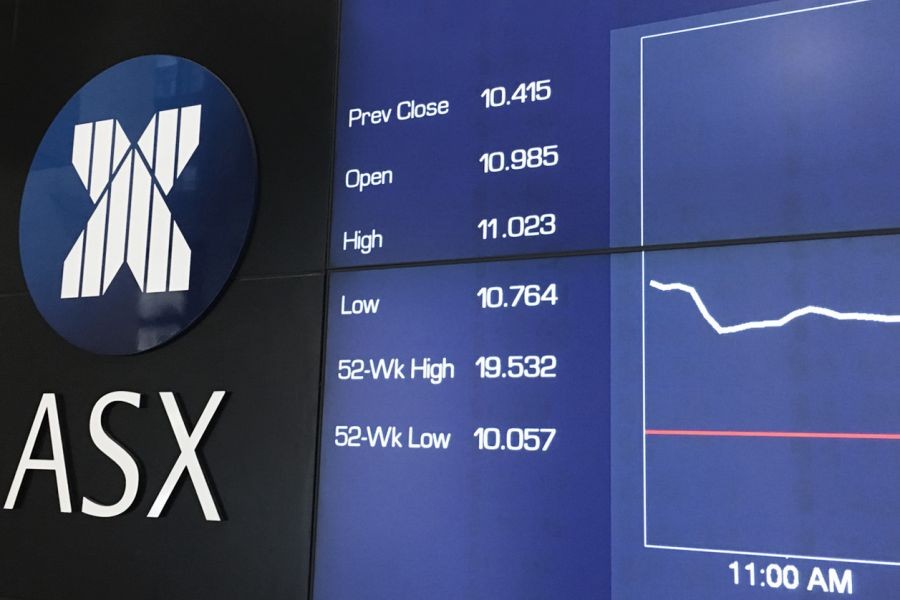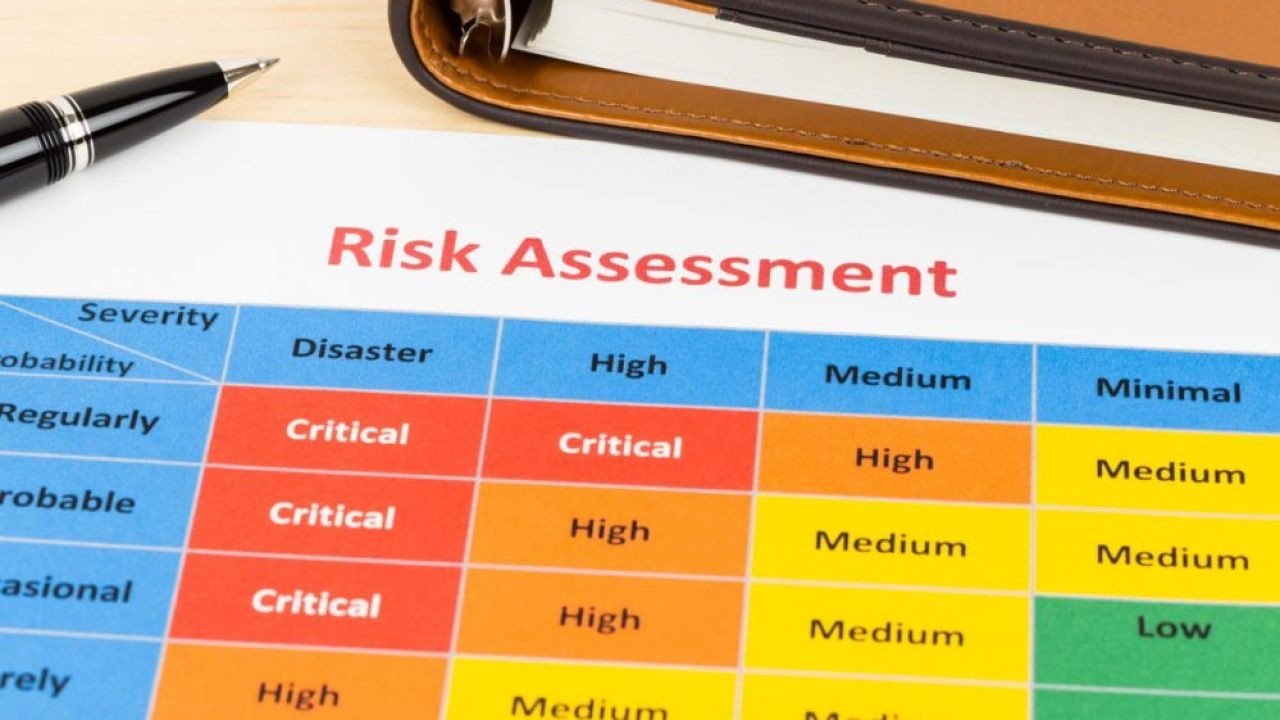Investing in the ASX 200, the index representing the top 200 companies listed on the Australian Securities Exchange, is a strategic move for investors seeking a mix of growth and stability. With Australia's diverse economic landscape and robust regulatory environment, understanding how to invest wisely in this index can significantly impact your financial portfolio. This guide will delve into the essential strategies for investing in the ASX 200 like a professional, offering insights tailored to a construction economist's perspective.
Understanding the ASX 200: A Key Player in Australia's Economy
The ASX 200 is a benchmark index that reflects the performance of the largest companies in Australia by market capitalization. It includes sectors such as financials, materials, and healthcare, which are pivotal to Australia's economic health. According to the Reserve Bank of Australia (RBA), the financial sector alone constitutes over 30% of the index, underscoring the importance of understanding sector-specific dynamics when investing.
In recent years, Australia's economy has shown resilience, with a GDP growth rate of 3.1% in 2022, as reported by the Australian Bureau of Statistics (ABS). This growth presents opportunities for investors, especially in sectors like renewable energy, which is poised to expand significantly as Australia targets net-zero emissions by 2050.
Strategies for Investing Like a Pro
Diversification: The Key to Risk Management
Diversification is crucial when investing in the ASX 200. By spreading investments across various sectors, investors can mitigate risk and capitalize on growth opportunities. The mining sector, for instance, has historically been a strong performer, driven by global demand for commodities. However, with the transition towards green energy, investors should also consider renewable energy stocks within the index.
Analyzing Market Trends and Economic Indicators
Successful investors in the ASX 200 stay abreast of market trends and economic indicators. The Australian economy is influenced by factors such as interest rates, trade policies, and global economic conditions. The RBA's monetary policy decisions, for example, directly affect the financial sector, which in turn impacts the ASX 200's performance. Construction economists should pay particular attention to infrastructure spending, as it drives demand in related sectors.
Case Study: Fortescue Metals Group – Leveraging Market Trends
Fortescue Metals Group, one of Australia's largest iron ore producers, offers a compelling case study in leveraging market trends. In response to increasing global demand for iron ore, Fortescue expanded its operations and adopted innovative mining technologies. As a result, the company reported a 42% increase in revenue in 2022, showcasing the importance of aligning investment strategies with market dynamics.
Pros and Cons of Investing in the ASX 200
Pros:
- Stable Returns: The ASX 200 has historically provided stable returns, driven by Australia's strong economic fundamentals.
- Diverse Sector Exposure: Investors gain exposure to a wide range of industries, reducing sector-specific risks.
- Regulatory Oversight: The Australian Securities and Investments Commission (ASIC) ensures a transparent and well-regulated market.
Cons:
- Market Volatility: Global economic fluctuations can impact the ASX 200, leading to periods of volatility.
- Concentration Risk: The index is heavily weighted towards the financial sector, which may not align with all investment strategies.
- Currency Risk: Investments are subject to exchange rate fluctuations, impacting international investors' returns.
Common Myths & Mistakes in ASX 200 Investment
Myth: The ASX 200 Always Outperforms Individual Stocks
Reality: While the ASX 200 provides a diversified investment approach, individual stocks can outperform the index significantly. For example, tech companies like Afterpay saw exponential growth compared to the broader market.
Myth: Investing in the ASX 200 is Risk-Free
Reality: All investments carry risks, including market volatility and economic downturns. The 2020 pandemic highlighted how quickly market conditions can change, affecting even the most stable indices.
Future Trends & Predictions
Looking ahead, the ASX 200 is expected to evolve with Australia's economic priorities. The Australian government's push towards renewable energy and technology innovation will likely influence the sectors within the index. By 2030, it's predicted that renewable energy companies will play a more significant role in the index, reflecting the global shift towards sustainable practices.
Conclusion
Investing in the ASX 200 offers a robust opportunity for constructing a diversified and resilient portfolio. By understanding market trends, leveraging sector-specific insights, and avoiding common investment myths, both seasoned and new investors can navigate the complexities of the Australian market effectively. As Australia's economy continues to grow, the ASX 200 remains a pivotal component of any investment strategy. What strategies will you implement to maximize your returns in this dynamic market? Share your thoughts below!
People Also Ask
- What are the benefits of investing in the ASX 200? Investing in the ASX 200 offers diverse sector exposure, stable returns, and regulatory oversight, making it a strategic choice for risk management and growth.
- How does Australia's economy impact the ASX 200? The ASX 200's performance is influenced by Australia's economic conditions, including GDP growth, interest rates, and sector-specific trends like mining and renewable energy.
- What strategies should beginners use when investing in the ASX 200? Beginners should focus on diversification, stay informed on market trends, and leverage economic indicators to make data-driven investment decisions.
Related Search Queries
- ASX 200 investment strategies
- Best sectors in ASX 200
- ASX 200 vs individual stocks
- Impact of Australian economy on ASX 200
- ASX 200 performance forecast
































Auxbeam India
6 months ago